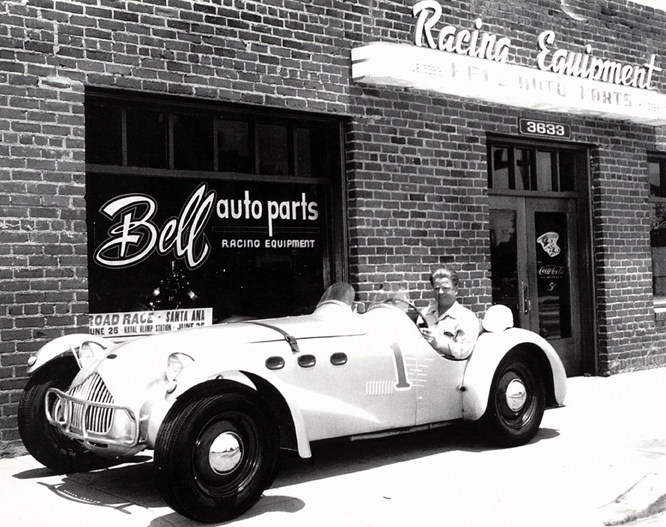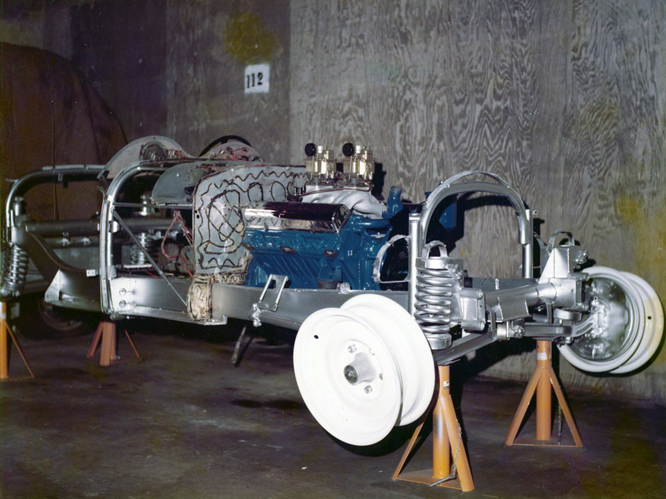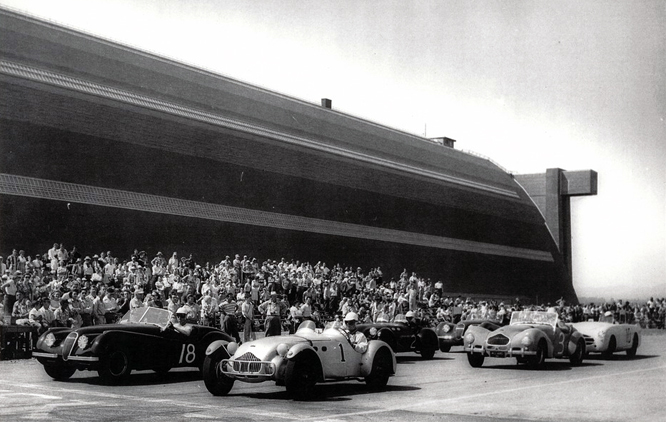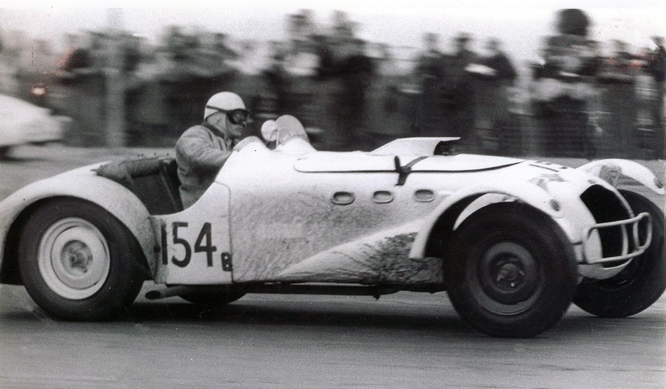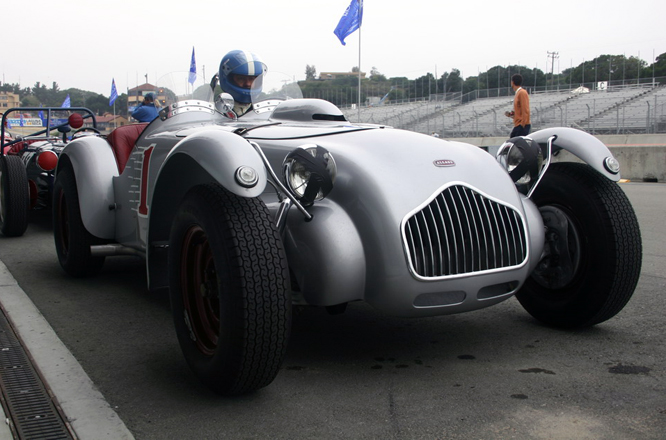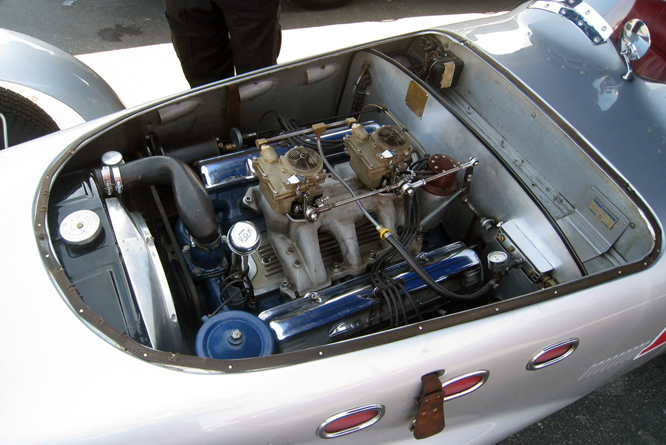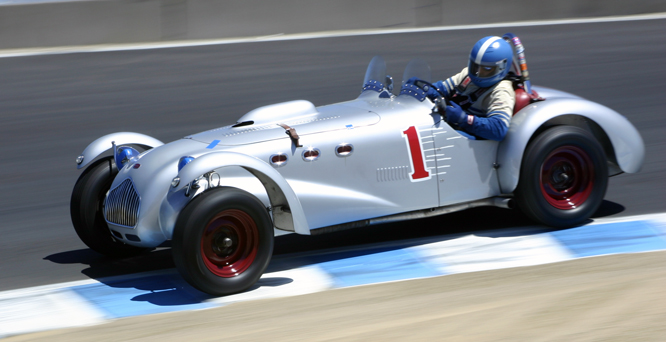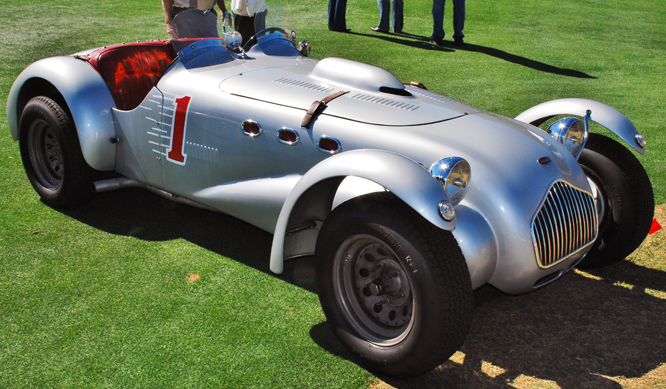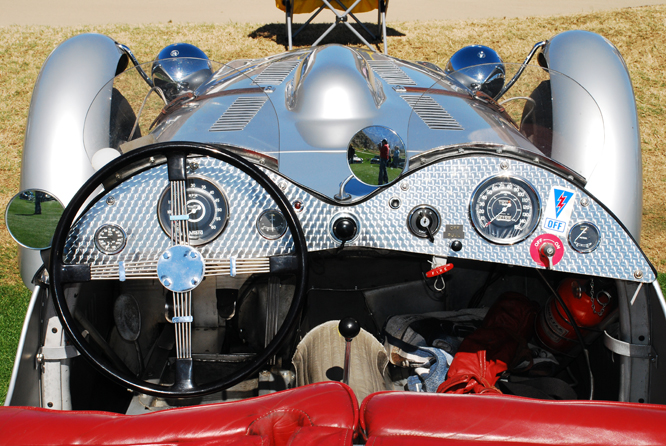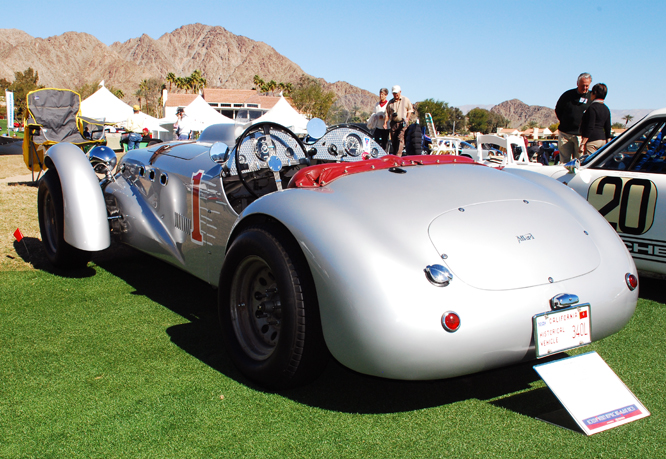Artist Gerhard Richter once observed something akin to ‘that so long as one still has an object from the past it remains contemporary’, at Silverstone Classic on Super Saturday, the world’s biggest classic car show, there were many objects from man’s not so long past and many came to life in a vibrant crescendo of the twelve races which I was privileged to witness.
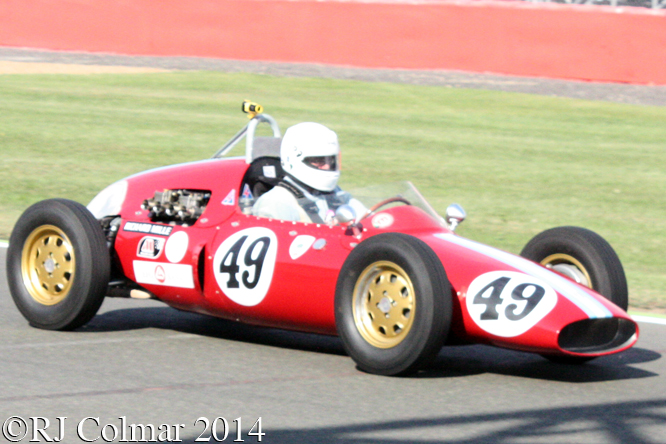
For some time I have been on the look out for a Formula Junior de Tomaso. The 1959 FIAT powered ISIS example driven by Mike Gregory was one of two different de Tomaso models in the opening Peter Arundell Trophy Formula Junior race of the day which was won by Sam Wilson driving a Lotus after his main challenger David Methley spun out in his evil handling Brabham.

Silverstone Classic are great at introducing new events to their crowded schedule and one of the debutant events on this years schedule was the Brian Henton Trophy for classic Formula 3 cars of the type that helped launch the careers of Tony Brise, Tom Pryce, Gunnar Nilsson and Stephen South not to mention Nelson Piquet, Derek Warwick, and a chap called Ayrton da Silva who changed his name to something more snappy. Above Nick Pardmore guides his 1978 March 783, with ’79 side pods, through Stowe Corner on his way to victory.
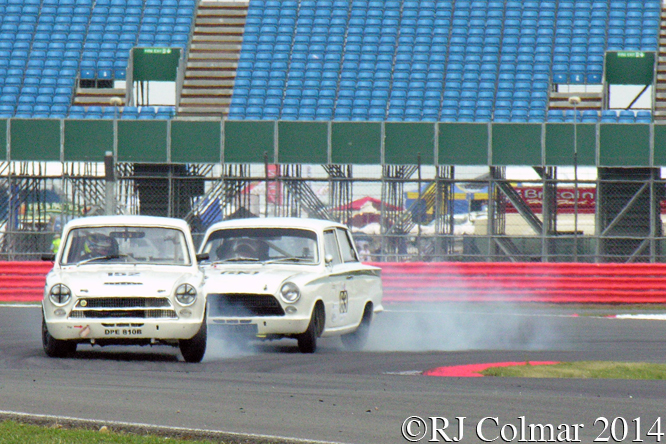
For the best part of half an hour British Touring Car Championship (BTCC) regular Gordon Shedden and Richard Meaden kept us entertained with door handle to door handle racing at the front of the Sir John Whitmore Trophy race for under 2 litre / 122 cui saloon cars. Unfortunately when Gordon, seen leading above, came in for his mandatory pit stop his Lotus Cortina expired with an over heating issue before BTCC veteran Matt Neale could take over leaving Richard and Grant Tromans to take a well earned win.
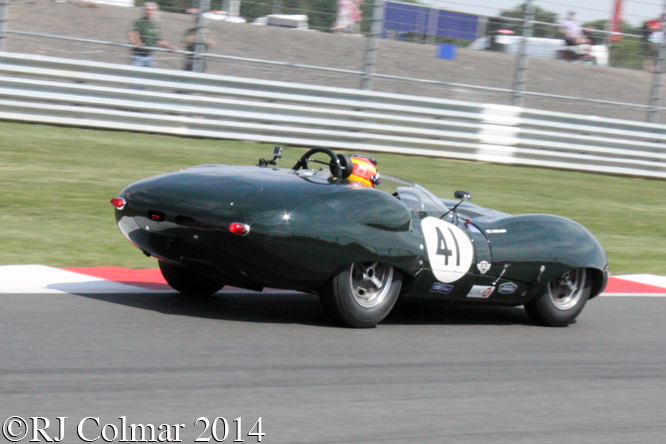
Chris Ward driving the Costin bodied Lister Jaguar above twice held the lead in the Stirling Moss Trophy for pre ’61 Sports Cars but he could not hold off the winning Knobbly bodied Lister Jaguar driven by Jon Minshaw/Phil Keen.

In 1975 it was announced that the hitherto enormous air boxes that had become an aesthetic blight on Formula One were to be banned along with various other changes. The first car to be built to the new regulations was the Hesketh 308C which was designed by Harvey Postlethwaite for James Hunt to drive. Above Derek Jones is seen driving a 308C in the FIA Masters Formula One race which was won by Ollie Hancock in a ’78 Fittipaldi F5A, after the race was stopped to allow the extraction of Sidney Hoole from what remained of the fabulous Ensign N173. Sidney was taken to hospital with a leg injury described as not ‘thought to be serious’.
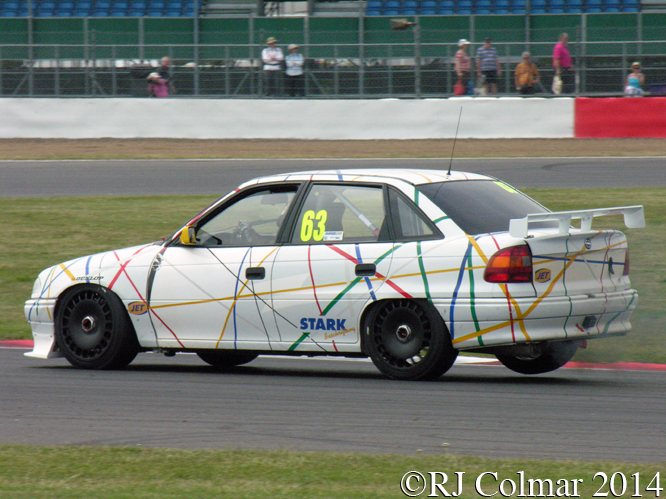
The sixth event of the Silverstone Classic ‘Super Saturday’ was the Jet Super Touring Car Trophy for a variety of Touring cars from the Early 70’s to the turn of the Millennium. The close fought race was won by James Dodd from Stewart Whyte both driving Honda Accords. Andy Wolfe is seen driving a 1993 Jet sponsored Opel Astra, listed incorrectly in the programme as an Opel Belmont, which won it’s class in the 1993 Nurburgring 24 hours.
Thanks for joining me on this ‘Super Saturday Part 1/2′ edition of “Gettin’ a li’l psycho on tyres” I hope you will join me again tomorrow when I’ll continue with the second half of the Super Saturday race programme. Don’t forget to come back now !


